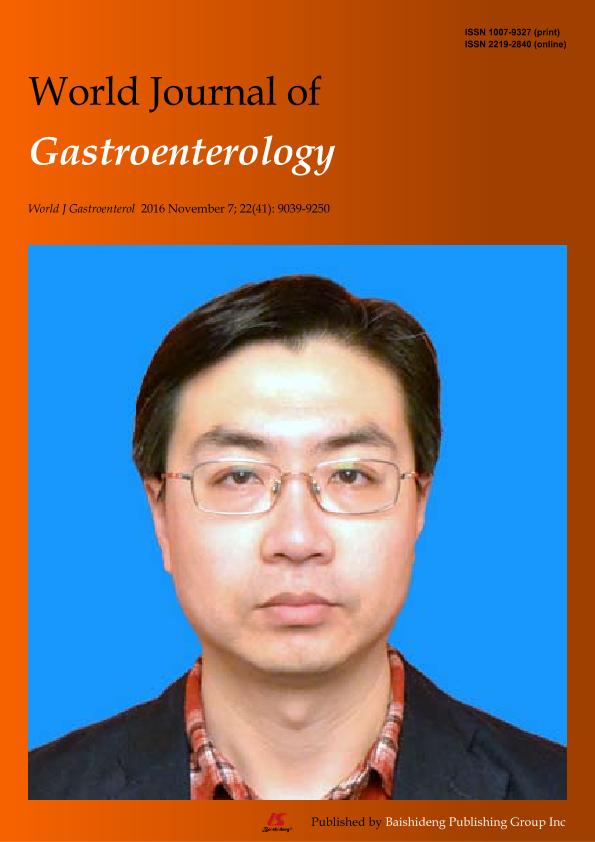Artículo
Th17 involvement in nonalcoholic fatty liver disease progression to non-Alcoholic steatohepatitis
Fecha de publicación:
11/2016
Editorial:
Baishideng Publishing Group
Revista:
World Journal of Gastroenterology
ISSN:
1007-9327
e-ISSN:
2219-2840
Idioma:
Inglés
Tipo de recurso:
Artículo publicado
Clasificación temática:
Resumen
The nonalcoholic fatty liver disease (NAFLD) is the hepatic manifestation of the metabolic syndrome. NAFLD encompasses a wide histological spectrum ranging from benign simple steatosis to non-Alcoholic steatohepatitis (NASH). Sustained inflammation in the liver is critical in this process. Hepatic macrophages, including liver resident macropaghes (Kupffer cells), monocytes infiltrating the injured liver, as well as specific lymphocytes subsets play a pivotal role in the initiation and perpetuation of the inflammatory response, with a major deleterious impact on the progression of fatty liver to fibrosis. During the last years, Th17 cells have been involved in the development of inflammation not only in liver but also in other organs, such as adipose tissue or lung. Differentiation of a naïve T cell into a Th17 cell leads to pro-inflammatory cytokine and chemokine production with subsequent myeloid cell recruitment to the inflamed tissue. Th17 response can be mitigated by T regulatory cells that secrete anti-inflammatory cytokines. Both T cell subsets need TGF-β for their differentiation and a characteristic plasticity in their phenotype may render them new therapeutic targets. In this review, we discuss the role of the Th17 pathway in NAFLD progression to NASH and to liver fibrosis analyzing different animal models of liver injury and human studies.
Archivos asociados
Licencia
Identificadores
Colecciones
Articulos(IMBICE)
Articulos de INST.MULTIDISCIPL.DE BIOLOGIA CELULAR (I)
Articulos de INST.MULTIDISCIPL.DE BIOLOGIA CELULAR (I)
Citación
Chackelevicius, Carla Melisa; Gambaro, Sabrina Eliana; Tiribelli, Claudio; Rosso, Natalia; Th17 involvement in nonalcoholic fatty liver disease progression to non-Alcoholic steatohepatitis; Baishideng Publishing Group; World Journal of Gastroenterology; 22; 41; 11-2016; 9096-9103
Compartir
Altmétricas




